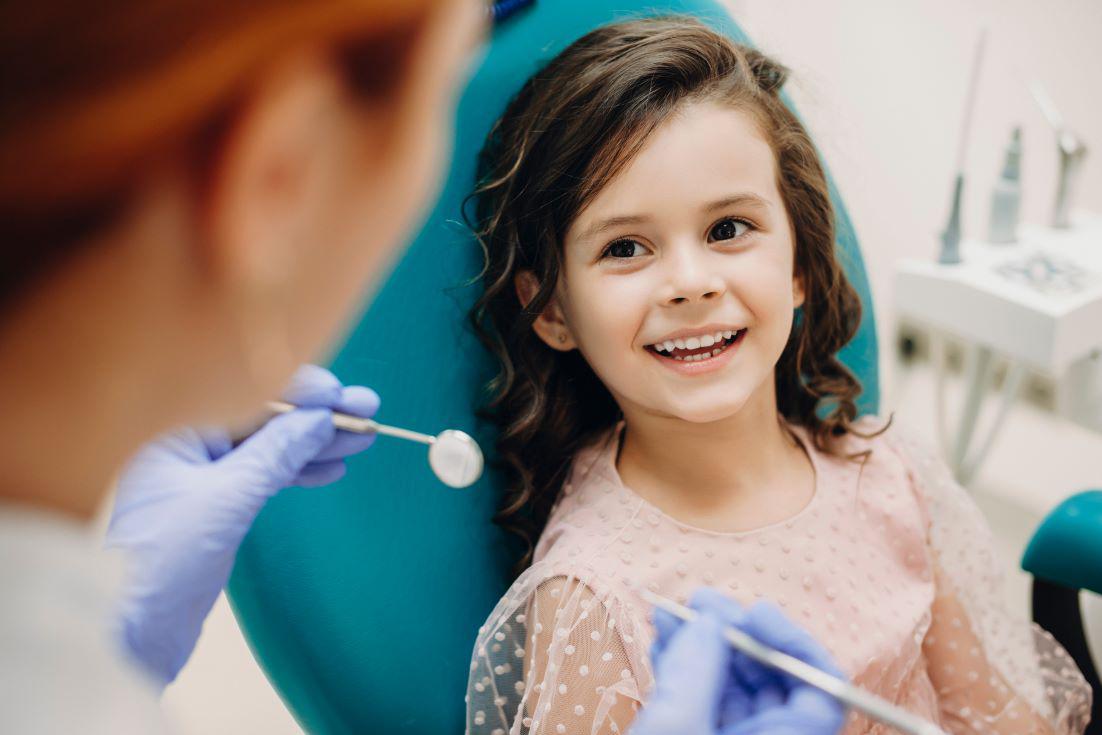Interceptive Orthodontics - Two Phase Treatment

Two-phase orthodontic treatment, sometimes called "early phase treatment," is a specialized approach that makes use of a key period of jaw growth to help achieve the best possible tooth alignment later on. Addressing tooth and jaw positions early can support more balanced dental and facial development throughout childhood and the teen years.
Who Benefits from Two-Phase Treatment?
Not every child needs two-phase orthodontic care. However, by age six, it’s often possible to spot serious alignment issues, such as jaws that are either too large or too small. Children with pronounced alignment problems can gain significant advantages from starting orthodontic treatment early. If these issues go unaddressed, jaw discrepancies and crowded teeth usually worsen, which can make future treatments more difficult and may even rule out braces as a solution. Early orthodontic care can reduce the need for tooth removals and other complex, costly procedures in the future.
Key benefits of two-phase treatment include:
- Better overall dental health, function, and appearance
- Lower likelihood of needing tooth extractions
- Decreased need for jaw surgery
- Improved airway health
- Enhanced smile aesthetics
- Healthy facial growth
First Phase (Early Phase)
The first phase, often called the early phase, takes place while a child still has a mix of baby and permanent teeth. This period is called the “mixed dentition phase.” Treatment during this stage, which typically lasts 12–18 months, aims to fix problems like overcrowding and jaw misalignments for a better bite. Your child may use various appliances, such as removable retainers and braces on permanent teeth.
Resting Period
Between the first and second treatment phases, there’s a resting period. During this time, we wait for all remaining permanent teeth to erupt. We'll schedule check-ups every 3–6 months to monitor your child’s progress throughout this period.
Second Phase
The second phase begins once all the permanent teeth are in place. This stage typically involves full braces on both the upper and lower teeth. Now that the jaw has been properly guided and permanent teeth have room to align, the main focus can shift to achieving a beautiful, lasting smile.
Contact our office to learn if your child could benefit from two-phase orthodontic care!


